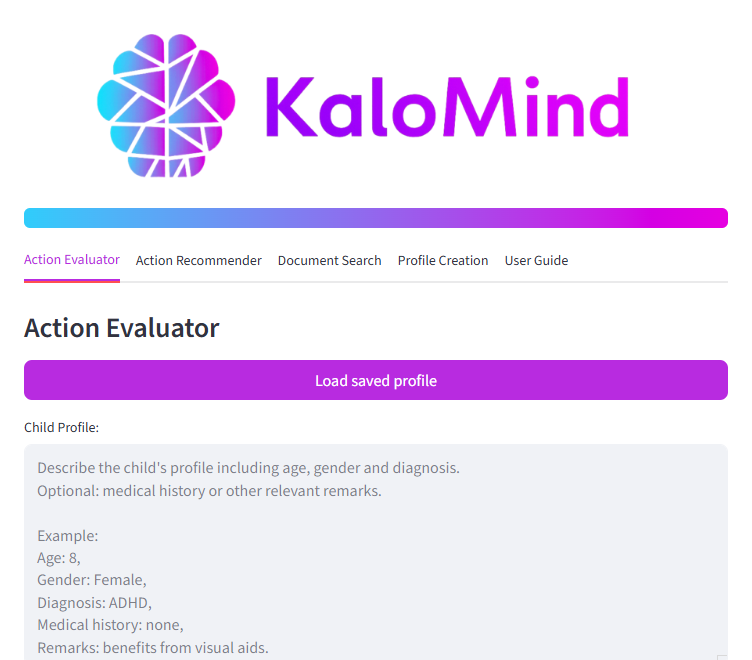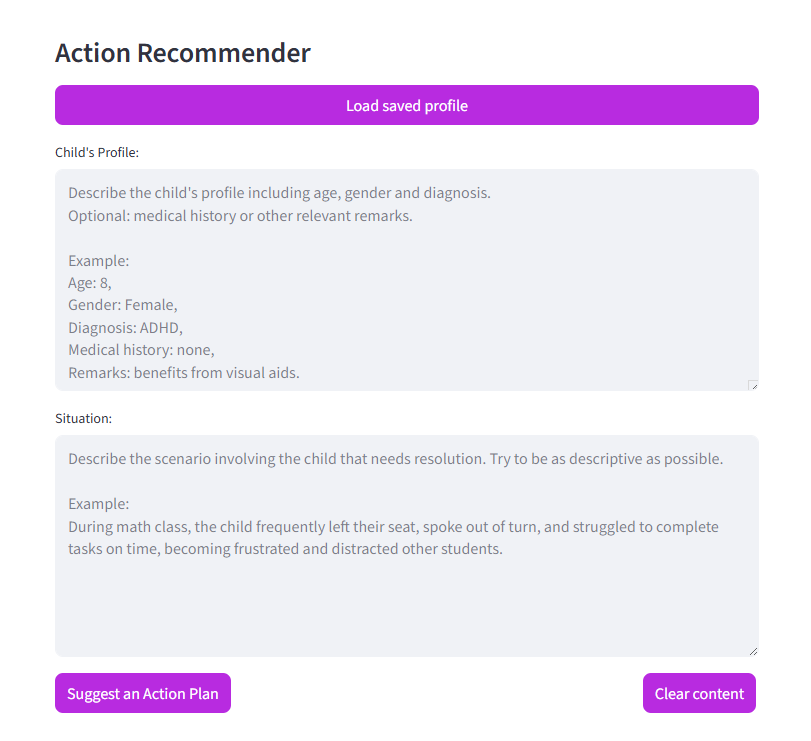Data and Analytics
Get in touch with us to find out more about the approach and framework, we have developed for setting up a proper Data Governance in place, which is embraced by the company.
Is your company able to utilise and leverage all the benefits from the data you generate, possess, and acquire? Can you generate actionable insights, integrated into your custom processes, so that you can gain a competitive advantage? Let us understand your business challenges so that we can help you become a more efficient and effective organisation.
Data Strategy
Some organisations have already realised the hidden potential for achieving competitive advantage by turning their data into actionable insights. Do you want to be a front-runner, or would you rather play catch-up? Get in touch with us and discover more.
Siloed data, residing in fragmented legacy systems and local databases. Sound familiar?
A coherent data strategy is essential for the success of any forward-looking company. This will link your business objectives with the appropriate data and technology enablers and create solid data foundations for achieving your strategic goals.
Getting ahead of the competition means having the information needed for making the right decisions readily available. Rapid changes in the current volatile, uncertain, complex and ambiguous environment may force you into short-term shifts in your value proposition.
Our strategic framework is developed to cover all aspects of your organisation and to deliver an actionable roadmap, which you can execute in order to become insights-driven by leveraging cloud platforms, agile advanced analytics and building a transformative data culture.
Data Architecture
We provide data architecture services for cloud-based, on-prem hosted or hybrid technologies. As part of this, we design solutions, allowing you to drive business value from your data in an efficient, secure and cost-effective way. With our experience of structured, as well as unstructured data types and use cases related to the modernisation of complex legacy IT and data landscapes, we achieve impressive results throughout the whole data lifecycle. You can trust us in ensuring the right data modelling, application of standards and definition of processes.
How do you create a best-in-class data architecture? Depending on your business case and current technical architecture, we can define the data architecture tailored according to your business needs, covering all your functional and non-functional requirements.
We have created architectures that can cover multiple data sources, formats and types, including internal ERP data, CRM data, other downstream systems’ data, sensors stream data, as well as external data.
Data Engineering
Our Data Engineers are highly skilled and experienced in creating data pipelines for various data sources. We master the extract, transform and load (ETL/ELT) processes and we are up to date with the latest tools and technologies. Depending on your requirements and needs, we can leverage native AWS platform services, such as AWS Glue, AWS Data Pipeline, Apache Airflow and Redshift, to speed up data ingestion and transformation processes with a robust and scalable solution, by reducing development and maintenance costs. Alternatively, we can build the required pipelines from scratch.
Data & Analytics Platform
We work as partners and advisors to your business. Our experience and knowledge of designing and building data & analytics platform solutions from the ground up using AWS cloud native solutions allow you to save development and maintenance costs. We apply the right mixture of custom code, Infrastructure-as-Code and automated deployments to create reliable, scalable and maintainable solutions.
Data Visualisation
We can help you transform your data into insightful, easy-to-digest and actionable dashboards. Depending on your functional and non-functional requirements, our BI experts and visualisation engineers chose the most optimal modern tools to deliver impactful dashboards and reports tailored to the various needs of your business stakeholders. Depending on the ask, we can, for example, use AWS native services such as Amazon QuickSight to get you moving quickly and cost-effectively with no client install required.
Data Governance
Is your organisation able to derive value from its data?
Proper Data Governance is crucial for the success of any digital transformation. Often the hidden value of properly established Data Governance is not fully recognised by the leadership within organisations. In many cases, Data Governance is seen as bureaucracy dressed in policies, procedures and guidance. This makes most governance programs ineffective.
Data & Analytics Case Studies
Let's work together

